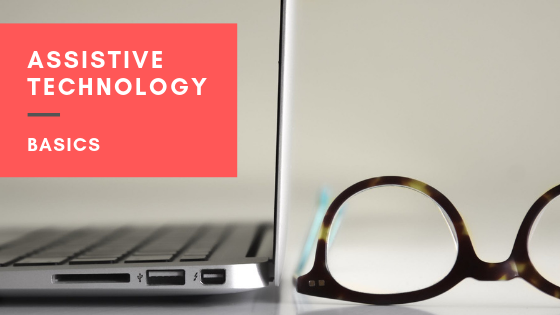A few weeks ago I traveled to the CUE (Computer Using Educators) Annual Conference in Palm Springs, CA. As with any large conference, it was definitely a whirlwind of new ideas. I've sifted out a few resources and tools that really stood out to me.
Ways to Foster Class Participation with Technology
1) Flipgrid
#FlipgridFever is still going strong! Popular with the public school set, Flipgrid is a website that teacher can use to encourage student participation through video. Students can create videos (in the style of their favorite social media outlets) that respond to a teacher prompt, and then watch and interact with videos their classmates are posting on the same topic. The whole thing is free (Flipgrid was bought by Microsoft a while back) and easy to get started. Flipgrid is also VERY customizable so teachers have quite a bit of control over how students post videos.
Things to check out:
- the Mixtapes feature - teachers can curate videos in all of their grids
- the Disco Library - educators share lessons with each other
- #gridpals - like pen pals, but with videos
- #fliphunt - Flipgrid student scavenger hunts
2) Nearpod Collaborate
Nearpod now has a stand-alone posting board that you can create quickly, without having to create an entire presentation around it or even log in! This is like a quick Padlet board that you can use to add engagement or a backchannel conversation during a lesson or presentation. It isn't permanent - it self-destructs in about an hour after you create it.
3) AnswerGarden
AnswerGarden is a quick & easy way to poll an entire class or large audience to get short (40 characters or less) responses to a question or topic. It's kind of like a crowd-generated Wordle.
4) Quizziz
Quizziz is a website that helps you creates gameshow-like quiz/review for your class, much like Kahoot. Some argue that it's better than Kahoot, especially for LD students, because it allows students to see the question on their device, not just the screen in front of the room, and it allows students more processing time because they can work through the game at their own pace. Also, teachers can import questions from already-created quizzes directly into their own.
Creation Tools
1) Apple's Everyone Can Create Resources
Everyone Can Create is Apple's guides for creative expression using their products. You can download the iBook guides on an iOS device or through iTunes. There is a Teacher Guide, as well as an iBook for Drawing, Video, Photo, and Music.
2) Glogster
Glogster allows students and teachers to create multimedia posters very easily. Students can add photos, videos, text, 3D models, and titles to a "poster" to create presentations, resource boards, and more. Unfortunately, Glogster is very limited for free, but a basic Elementary license for 1 teacher and up to 30 students is $39/year.
General Time Savers & Teacher Helpers
1) flippity.net
This amazing website allows teachers to easily convert a Google Sheet into online flashcards or a ton of other cool tools (crosswords, word hunts, bingo games, name & team pickers, tournament brackets, matching games, and more!). Teachers also don't need a Google Sheet to get started - they can create usable lists directly within the site.
2) Google Keep
Google Keep is a catch-all organization tool that is now fully integrated with Docs and Slides (you can pull photos and text between apps!). In particular, the mobile version of this app does a lot: you can create voicenotes, take a picture and grab the text from the image to edit it or have text-to-speech software speak it, annotate on an image, or transcribe handwriting to typed text.
3) Remember the Milk
Remember the Milk is an online To Do List app with lots of features. You can organize tasks by priorities, share lists with others to collaborate, and much more. You can also access Remember the Milk from a variety of different platforms so you always have your lists on the go. The free version has some important functions and the upgrade to the Pro version for $40/year unlocks a ton of other useful features.
Happy exploring!








